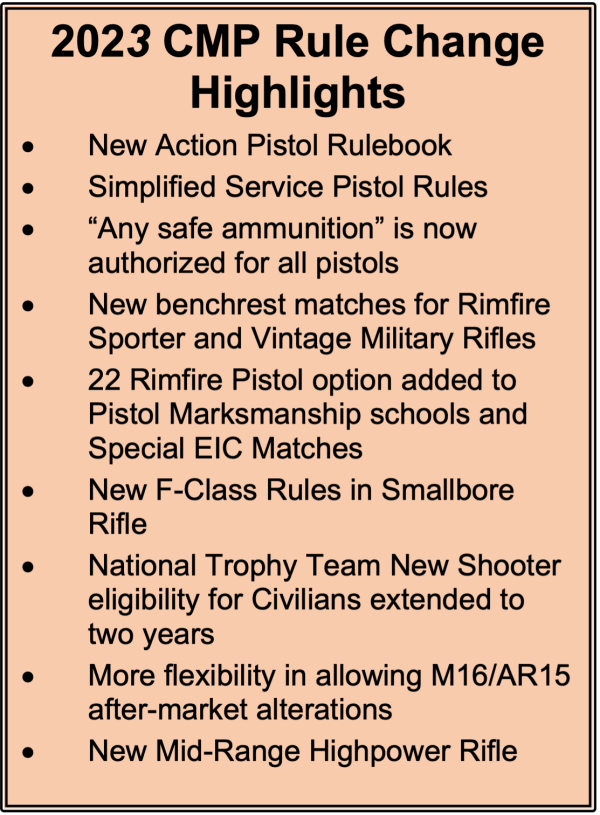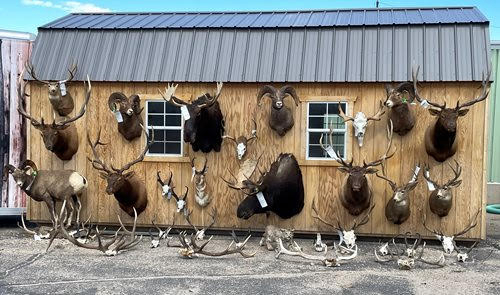Dove Hunter Survey Results Provide Insights to Help State, Federal Natural Resources Managers Sustain Dove Hunting
Washington, D.C. – Results from a first-of-its-kind survey of the nation’s mourning dove hunters were released yesterday by the Association of Fish and Wildlife Agencies (AFWA), National Flyway Council and U.S. Fish and Wildlife Service. The survey, in which more than 12,000 dove hunters from around the country participated, will provide wildlife and natural resources managers with information to help them effectively manage and conserve this migratory bird species into the future.
“Hunters opinions and preferences are an important consideration in how state fish and wildlife agencies, the Service, the Flyway Councils and our conservation and sportsmen group partners sustain resources and continue to provide quality hunting opportunities,” said Dan Forster, AFWA President and Georgia Wildlife Resources Division Director. “We collaborated on the National Dove Hunter Survey so that we can see the big picture and understand who is today’s dove hunter.”
The survey provides demographic data and information on hunter behavior and attitudes on a variety of topics, including where and how often they hunt, hindrances to them engaging in their sport, and where they get their trusted information on this and related issues.
The survey also explored dove hunters’ opinions and attitudes towards lead ammunition and the perceived impacts of spent lead on wildlife. The survey questions and collection of responses on this issue does not mean that non-toxic shot will be required to hunt doves in the future.
“As wildlife managers, we saw this unique opportunity to conduct a comprehensive national survey in order to gain perspectives of dove hunters versus the piecemeal regional efforts conducted in the past,” said Ron Anglin, Chair of the National Flyway Council. “Since doves are managed at both the regional and national levels, we now can look to this survey to provide us with hunter attitudes and opinions on the issues managers must consider.”
“Hunters are key partners in conservation,” said U.S. Fish and Wildlife Service Director Dan Ashe. “For generations, hunters, recreational shooters and anglers have been – and continue to be – the primary funders of wildlife and sportfish conservation in the U.S. through their purchases of specially taxed gear and hunting and fishing licenses. Understanding their perspectives on the many facets of their sport is critical, and I am grateful to all who voluntarily took part in this survey to help us in that regard.”
The report is just a first step in the all-important process of review and discussion among stakeholders about what the survey results reveal and how they can be used to inform future decisions about dove hunting and resource management in the United States. Rigorous statistical analysis and modeling of the results will follow to provide additional understanding.
Hunting has an $86.9 billion impact on the national economy and generates approximately $11.8 billion in federal, state and local tax revenues. Thanks to hunting and sport-shooting purchases, state fish and wildlife agencies have been able to provide hunter education to more than 24 million people, build hundreds of public shooting ranges, develop walk-in hunting access programs, educate youth in schools about the conservation of fish and wildlife, and deliver outdoor skills training to millions of Americans of all ages.
Mourning doves are one of the most abundant and widely distributed game birds in the country, with hunting seasons established in 40 of the lower 48 states. Doves can be poisoned by consuming spent lead shot, but despite anecdotal evidence, researchers do not yet know if there is a population-level effect.
Key Findings from the National Dove Hunter Survey:
• Dove hunters are typically white males, 45 years of age and older and are well-educated with higher-than-average incomes.
• Dove hunters responding to the survey said that the top hindrances to their participation in dove hunting are financial-the cost of gasoline, the cost of shotshells, the cost of other dove hunting gear and the cost of hunting permits.
• Dove hunters mostly harvest fewer than 30 birds per season and hunt on private land. They typically travel 50 miles or more to get their hunting spots.
• Dove hunters responding to the survey aren’t sure about the impacts of spent lead shot on dove health and believe they don’t have enough scientific information about its potential effects. They are concerned that hunter participation could be impacted if non-lead shot were to be required at some point in the future.
The full survey results and FAQs about the survey, can be found at www.fishwildlife.org using the link on the home page or via http://bit.ly/DoveHunterSurvey.
The Association of Fish and Wildlife Agencies-the organization that represents North America’s fish and wildlife agencies-promotes sound resource management and conservation, and speaks on important fish and wildlife issues. Found on the web at www.fishwildlife.org, on Facebook /FishWildlifeAgencies and on Twitter @fishwildlife. #LoveHuntDove
The National Flyway Council – Works with the USFWS and other partners to insure the full participation of the states in national bird conservation and management including the formulation of regulations.
The U.S. Fish and Wildlife Service works with others to conserve, protect, and enhance fish, wildlife, plants, and their habitats for the continuing benefit of the American people. For more information, visit www.fws.gov, or connect with us through any of these social media channels:






